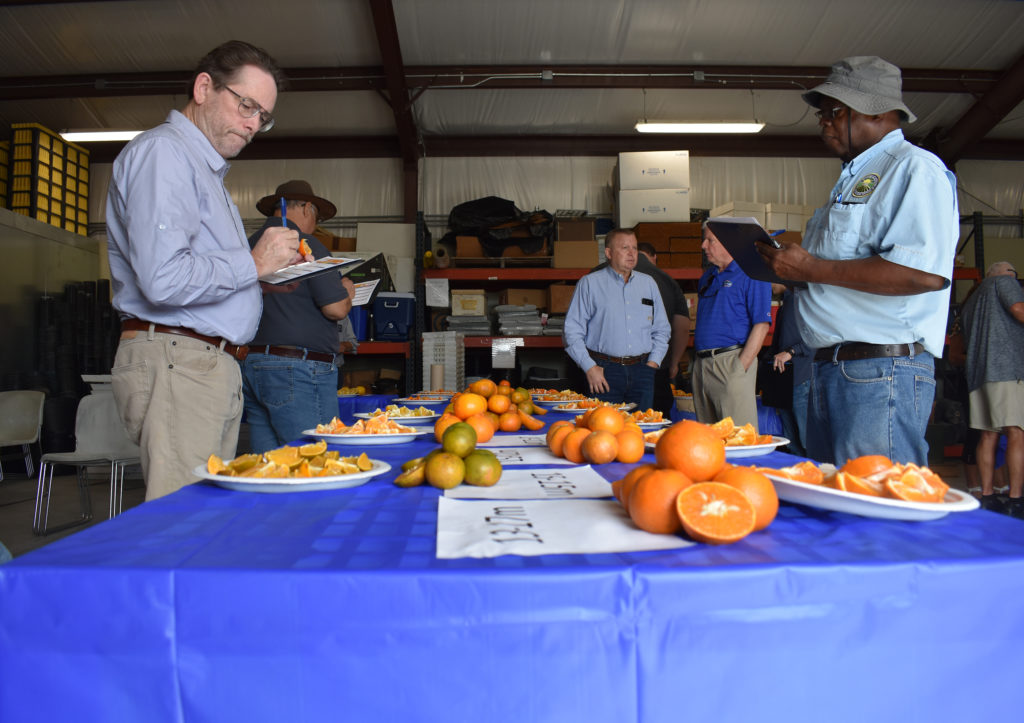Consumers have different tastebuds that make them prefer certain citrus varieties and other fruit more than others. What one may like, another may reject. This is especially true in the citrus industry where palate and consumer preference play a role in what varieties growers choose to produce.

The University of Florida Institute of Food and Agricultural Sciences (UF/IFAS) campus in Gainesville hosted a recent citrus meeting that allowed breeder Jose Chaparro to gauge consumer interest in the varieties being researched on campus. Along with multiple presentations highlighting campus research, the event allowed attendees to taste different varieties of citrus.
Attendees sampled multiple varieties of sweet oranges, mandarins and grapefruit and documented what they preferred and disliked about each fruit. It’s an invaluable part of the research process, said Chaparro, who must determine what varieties to continue pursuing.
“This is an important activity because it gives us feedback from other people. When you make selections, it’s based on your palate and your preferences,” Chaparro said. “The idea is to get a broader sample of palates in terms of taste and sweetness and acidity and also for other commercial traits, like peel-ability. Are the seeds too big or does it have too many seeds? Is the flesh too soft? We get a lot of feedback that allows us to decide which selections to proceed with.”
Another key aspect of the citrus tasting event is that most in attendance could one day be growing the fruit that UF/IFAS is researching.
“These are the potential varieties they would be growing in the future. We have representatives here from the nursery industry. We have representatives from the growers, and we even have a couple of representatives from the processing industry,” Chaparro said. “It’s a wide sampling of the citrus industry.”

ABOUT THE AUTHOR










